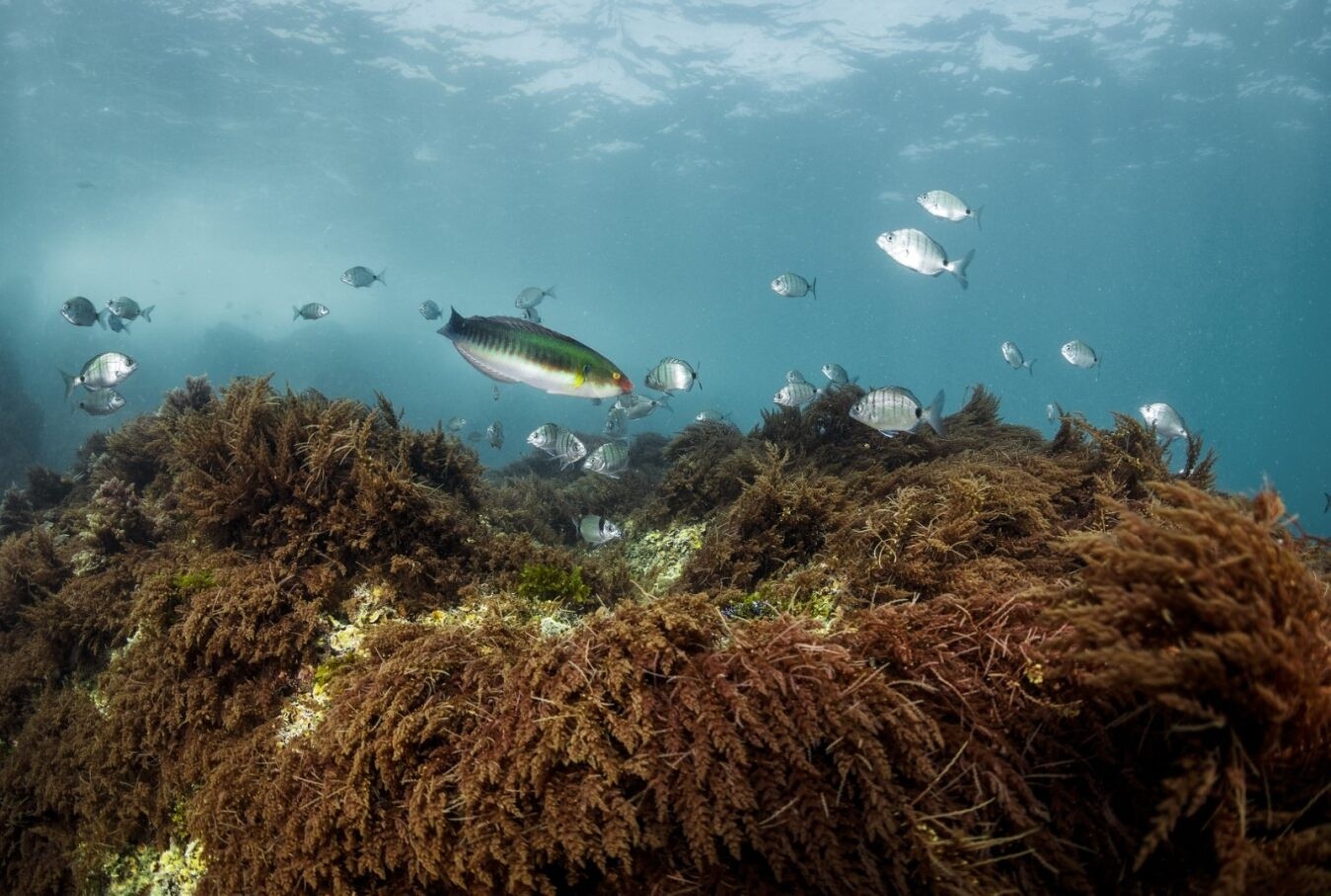Geological History
![]()
A Serra do Caleirão, a maior cordilheira algarvia, é formada pelas rochas mais antigas do território Algarvensis. Datadas do período Carbónico (359–299 Ma), estas rochas que formam a Sequência Flysch do Baixo Alentejo são testemunhos de um mar frio e profundo chamado mar Rheic, o qual separava dois grandes continentes (Euramérica e Gonduana). No fundo deste mar antigo depositaram-se os sedimentos que deram origem aos xistos argilosos e grauvaques que caracterizam a Zona Sul Portuguesa e afloram na Serra Algarvia.
A serra do Caldeirão é atravessada por vários cursos de água, quase todos de regime intermitente ao longo do ano. O seu ponto mais alto é o cume de Pelados, com 589 metros de altitude. Originalmente coberta por vegetação mediterrânea, nomeadamente várias espécies de carvalhos, a serra do Caldeirão é hoje povoada principalmente por sobreiros Quercus suber e azinheiras Quercus rotundifolia. A serra do Caldeirão funciona também como climatizador do litoral Algarvio tendo uma influência climática relevante, bloqueando os ventos de Norte, protegendo das temperaturas mais baixas e bloqueando os ventos húmidos vindos de sul, reduzindo a pluviosidade a norte.
Serra do Caleirão, the largest mountain range in the Algarve, is formed by the oldest rocks in the Algarvenis territory. Dating from the Carboniferous period (359–299 Ma), these rocks that form the Baixo Alentejo Flysch Sequence are testimonies of a cold and deep sea called the Rheic Sea, which separated two large continents (Euramerica and Gondwana). At the bottom of this ancient sea, sediments were deposited that formed the clayey shales and graywackes that characterize the South Portuguese Zone and emerge in the Algarve Serra.
The Caldeirão mountain range is crossed by several watercourses, almost all of which run intermittently throughout the year. Its highest point is the Pelados summit, 589 meters high. Originally covered by Mediterranean vegetation, namely several species of oak, the Caldeirão mountain range is today mainly populated by cork oaks Quercus suber and holm oaks Quercus rotundifolia. The Caldeirão mountain range also functions as a climate regulator for the Algarve coast, having a relevant climatic influence, blocking winds from the North, protecting it from lower temperatures and blocking humid winds coming from the south, reducing rainfall to the north.
Locality:









